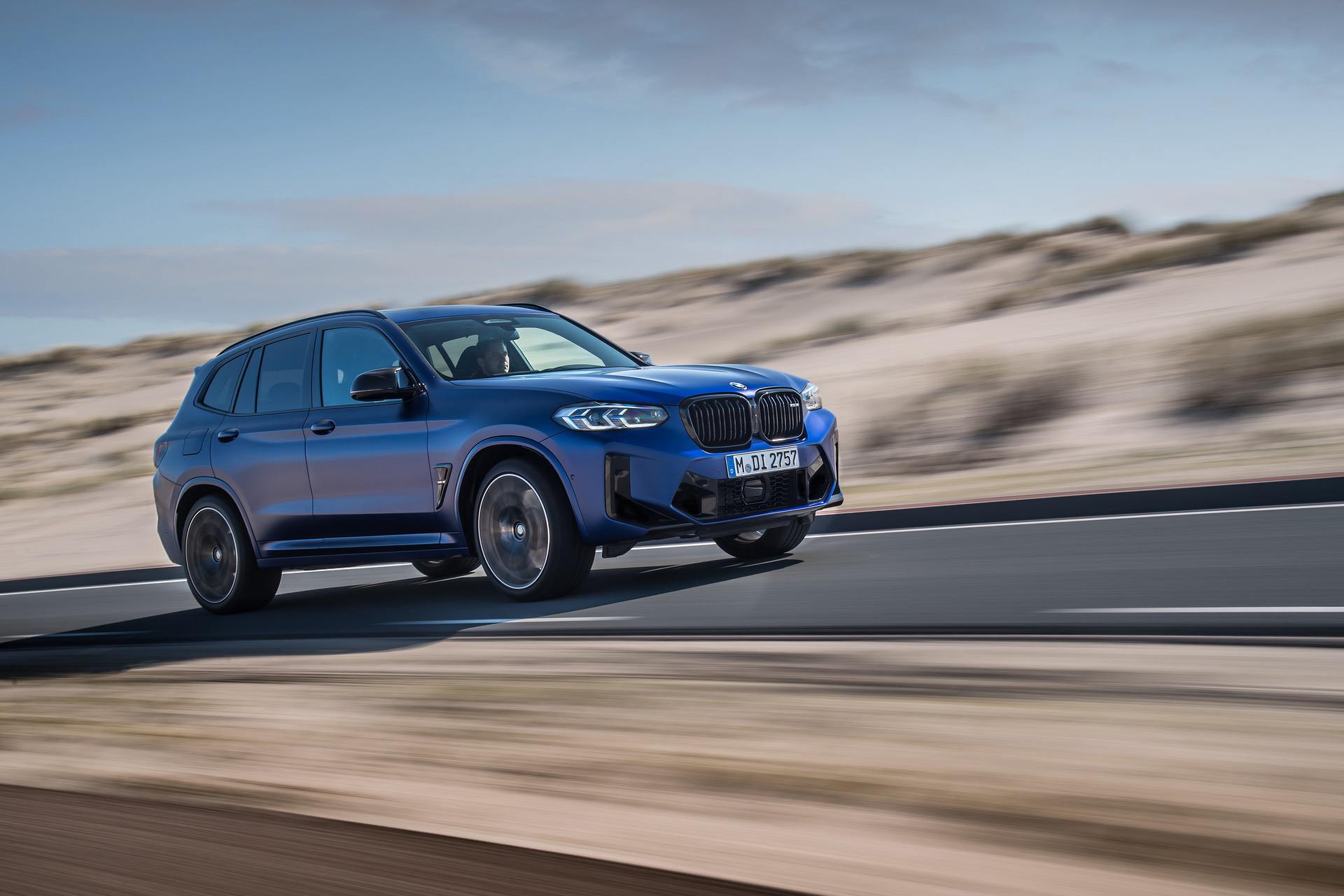Torque Titans Face Off: Unveiling the Contenders

BMW X3M Under The Spotlight: Tuning Tricks For Maximum Launch
Peering under the BMW X3M’s hood, I half-expected a BorgWarner turbo nestled beside factory bits; instead, I found a Frankenstein of aftermarket brilliance. The core 3.0-liter twin-turbo inline-six remains BMW’s robust foundation, but after an ECU remap that recalibrates fuel, boost, and ignition timing, complemented by significantly larger turbos and a straight-through exhaust, the engine’s response snaps like a spring clicking into place. Suddenly, the throttle is hyper-attuned: a mere nudge sends all four tires clawing for grip, and the custom suspension geometry—stiffer anti-roll bars, revised damper curves, and reinforced driveshaft—mates to a chassis that seems wired for drag strip theater. Watching it catapult off the line in 10.9 seconds to the quarter-mile, mere two-tenths shy of Lamborghini’s SVJ, felt surreal [2]. I’ll admit: I wasn’t naïve enough to believe a bulky crossover could compete toe-to-toe with a supercar—but the X3M’s launch control sequence, complete with torque vectoring and launch-optimized shift maps, turned that skepticism into awe. The rolling 50 mph start told a similar story: by the time the SVJ’s V12 howl lapped the serpent of exhaust gases, the BMW still hung close until aerodynamic drag finally nudged it backward. Even its brake upgrade—six-piston calipers and carbon pads—let it haul down from five-figures in speed almost as crisply as a carbon-ceramic-shod supercar [4]. Yet extreme tuning reveals its capricious side: intermittent drivetrain fault codes would flicker across the instrument cluster, and the heated seats whimpered on without command during precise wheelspin hunts. These quirks forced a mid-day retune, a stark illustration that shot-in-the-arm performance often dances on the edge of reliability. Still, for anyone fascinated by the alchemy of turning an everyday SUV into a rocketship, this X3M represents a masterclass in balancing power, traction, and just enough madness to keep you looking over your shoulder—even after the finish line.

Aventador SVJ In The Hot Seat: Harnessing Aerodynamics & Power
Step inside the Aventador SVJ’s cockpit and you’re swallowed by carbon fiber, exposed aluminum, and a shifting sensory overload—the kind that makes you rethink what a car cabin can be. The 6.5-liter V12 ahead of you pumps out 760 horsepower and 720 Nm of torque, an orchestra of pistons and intake trumpets that crescendos at 8,500 rpm, thrusting you to sixty-one in just 2.8 seconds [1]. Its single-clutch ISR gearbox, often criticized for its old-school mechano-harshness compared to slick dual-clutch units, delivers shifts so abrupt they bark into your spine. Out on the strip, that ISR unit translates every blip of the throttle into an almost tactile jolt, cementing a raw connection between driver and machine. Meanwhile, the SVJ’s aero package—featuring a massive carbon-fiber rear wing and a Y-shaped front splitter—generates up to 40% more downforce than the base Aventador, carving invisible trenches in the tarmac that hold the car to the ground like a bulldog locked onto a toy [4]. At speeds north of 150 mph, those aerodynamic forces feel less like physics and more like sorcery, transforming a 3,500-pound supercar into an immovable anchor. Of course, such ingenuity demands a king’s ransom: starting prices north of £300,000 and owner-specified options that easily tip another £39,000 for bespoke paints, forged wheels, and suspension tweaks. Yet for those rare moments when you floor the throttle and the V12’s baritone resonates through your eardrums, the cost seems almost irrelevant—because the experience is pure automotive alchemy. Watching the SVJ shrug off a crazily tuned BMW X3M in 10.7 seconds remains one of my most vivid memories: a reminder that sometimes, pedigree and engineering precision still prevail, no matter how fiercely the underdog snarls.

Necks Snap at the Strip: Drag Race Analysis & Split Times
Ever noticed how a drag race isn’t just raw acceleration but a precise choreography of reaction time, traction, and aerodynamics? In our showdown, the Lamborghini Aventador SVJ’s 10.7-second quarter-mile crown over the BMW X3M’s 10.9-second effort came down to launch finesse as much as sheer horsepower [2]. Yet when we switched to a 50 mph rolling start, the SVJ’s wind-slicing design let it pull cleanly ahead in under three seconds, underscoring how aerodynamics can tilt the scales even when power figures are neck-and-neck. Then there was the braking duel: from 100 mph, the X3M’s carbon-pad six-pot setup halted in just 120 feet—astonishingly close to the SVJ’s 116-foot performance—reminding us that tuned SUVs can approach supercar stopping power when engineered meticulously. Fans watching on TikTok could scarcely believe it: “I’ve never seen an SUV chase a Lamborghini this closely,” one host gasped, and frankly, neither had I [3]. To lay it out clearly, here’s how the numbers stack up:
| Vehicle | 0–60 mph | Quarter-Mile | 100 mph to 0 Braking |
|---|---|---|---|
| Lamborghini Aventador SVJ | 2.8 s | 10.7 s | 116 ft |
| BMW X3M (Tuned) | 3.1 s | 10.9 s | 120 ft |
Key Takeaways & Final Words
That day at the strip illuminated more than just quarter-mile times—it showed the evolving landscape of performance vehicles. The Lamborghini Aventador SVJ’s naturally aspirated symphony and razor-sharp aero handsomely defended its title, proving that supercar mastery remains a lofty art. Yet the BMW X3M’s astonishingly close 10.9-second effort, punctuated by random traction-control glitches and impromptu heated-seat serenades, highlighted how far tuning shops can push modern SUVs into territory once reserved for bespoke hypercars [1]. It was impossible not to cheer for both: the SVJ for its unassailable pedigree and the X3M for its underdog ferocity. Ultimately, this head-to-head underscores that pure speed is only half the story—the balance between cost, complexity, and reliability matters just as much. If you’re intrigued by how performance SUVs are rewriting expectations, check out our in-depth exploration of whether new SUVs are overhyped and discover why these versatile machines continue to captivate driving enthusiasts around the globe.
